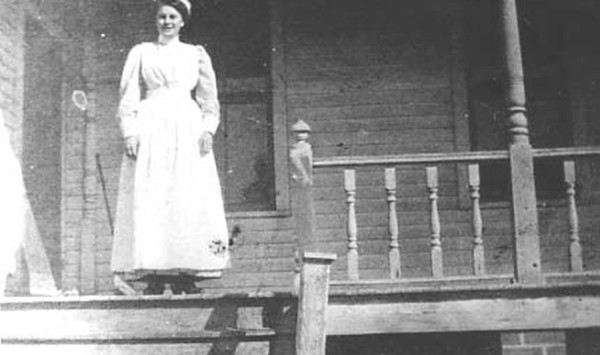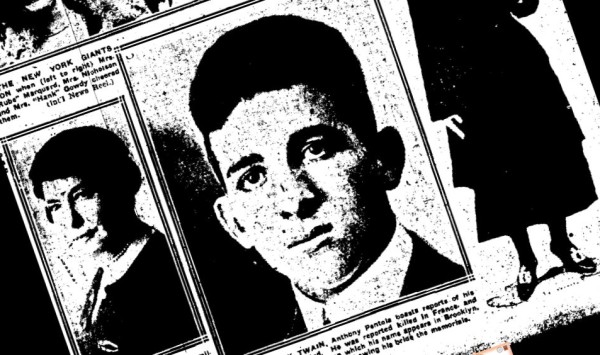THE BABY FARM OF UTICA AVENUE (1890)

******************************************************************************************************************************** Brownstone Detectives investigates the history of our clients’ homes. The story you are about to read was composed from research conducted in the course of one of those investigations. Do you know the history of YOUR house? ******************************************************************************************************************************** The red flags began to go up slowly – one by one – as babies began to die. After Annie Smith, 1 month and 14 days old, it was wee Cora Tanner, just 7 days old. With two infant deaths being reported within the same month from a private residence at 126 Utica Avenue, Inspector Corcoran of the Department of Health was detailed to look into the matter. THE INSPECTION Arriving at 126 Utica Avenue, Inspector Corcoran discovered a “two story frame structure in which are available for maternity and nursery purposes four small rooms and an attic apartment.” Tending this facility, according to the Brooklyn Standard Union, was a Mrs. Emily V. Wilson, her daughter, and a nurse. Onsite, though, was also one baby and five women “patients.” Corcoran asked Mrs. Wilson to show her license, upon which request “she produced two documents given her by the Department of Health.” The first, dated 12 September 1886, granted permission to board four children at 100 Utica avenue, while the other bearing the date of 18 June 1888, permitted her to keep six children at 795 Herkimer street. She had no license for 126 Utica Avenue. At this point the inspector asked to view the house’s register, “which the law requires of […]
REMEMBERING BROOKLYN’S UNDEAD (1922)

“Reports of my death have been greatly exaggerated.” So reflected Mark Twain to a reporter with William Randolph Hearst’s New York Journal in 1897, after the New York Herald had incorrectly reported that the famous writer had passed away while in London. While journalists are taught from their very first story to “trust but verify,” the U.S. military, though, has never fostered suffering compunction from such mistakes made. So it was when reports were being dispatched back to the U.S. during the First World War. While the adjutants of these military units, whence the reports originated, were doing their best to keep track of deaths and injuries, it can be imagined that quite a few names were inadvertently added to one or the other of the lists. After the Great War, accounts of American soldiers often surfaced, of their having previously been added to the list of the war dead, and then having shown up quite healthy – and with plans to continue living for many years to come. Such was the case with one Brooklyn man, Anthony Pentola, who, upon returning to the U.S. after fighting in the Great War, learned that not only had he been reported amongst the war dead, but that, he subsequently realized, his greatest and most substantial proof against the correctness of this report – his appearance one day in the War Department – was woefully insufficient in reversing the departments’s bureaucratic march toward its repeated lionization of him as an American patriot for […]